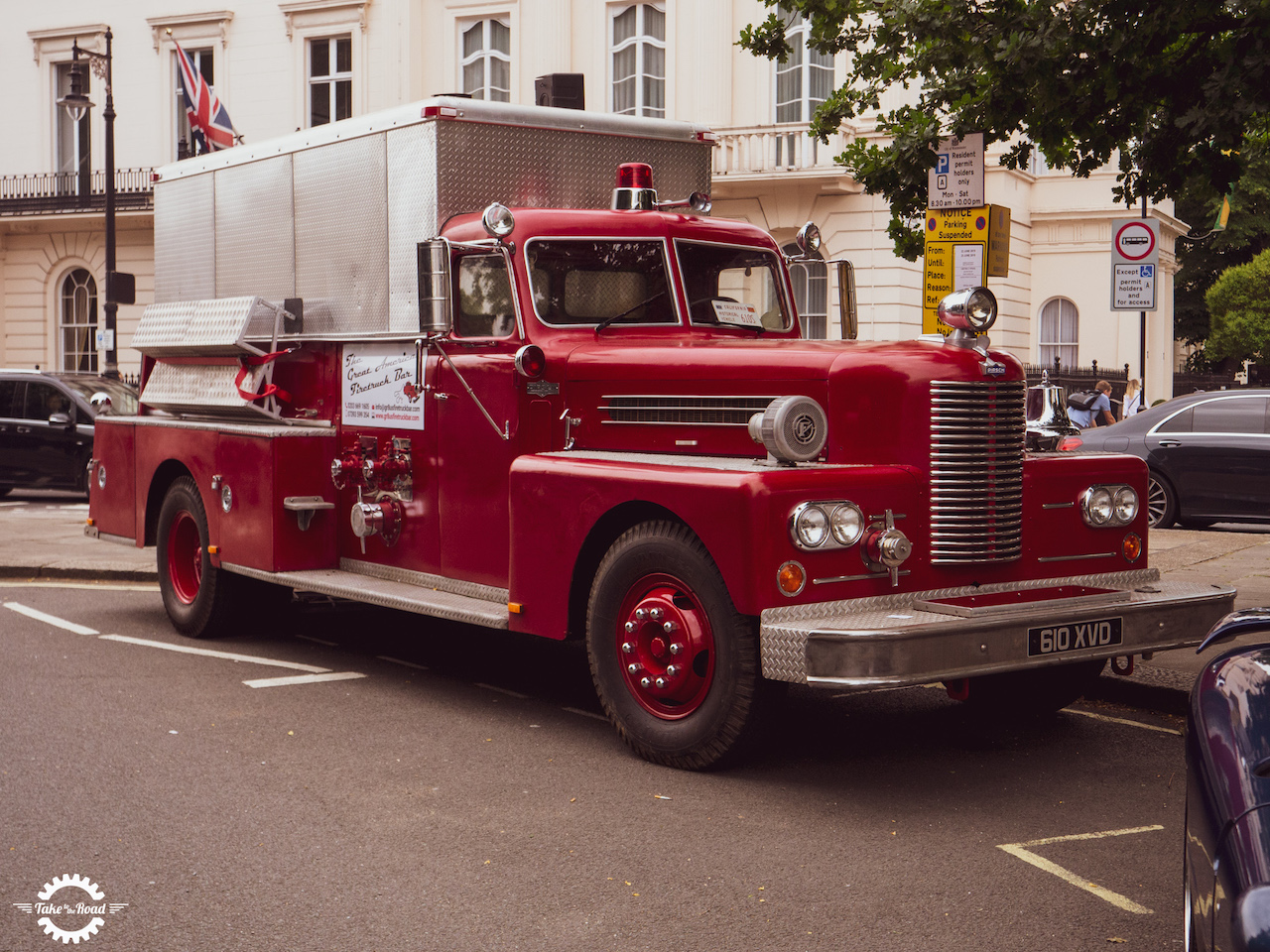Small organisations across the UK frequently encounter difficulties when arranging transport for group activities. Whether it’s a school coordinating regular trips, a care facility transporting residents, or a community group organising social outings, finding an efficient, cost-effective, and accessible solution is often a significant concern.
Traditional methods such as coach hire or multiple car trips are usually costly and inefficient, particularly for groups that travel frequently. Coordinating different vehicles, managing driver availability, and dealing with variable hire fees can lead to scheduling issues and strain already tight budgets. As a result, many organisations are beginning to explore alternative transport solutions that give them more control, flexibility, and long-term value.
Meeting Transport Needs with the Right Vehicle
One of the most straightforward ways for a small organisation to solve its transport challenges is through vehicle ownership. A minibus offers autonomy and reliability that hired options often cannot match. Owning a vehicle allows for consistent scheduling, reliable availability, and tailored features suited to the group’s needs.

Organisations can explore the market to find a suitable minibus for sale, selecting from various sizes and layouts. Some models are designed specifically for accessibility, with options such as low floors or electric lifts. Others prioritise flexible seating configurations or additional luggage space, making them ideal for activity-based groups or school trips.
Deciding on the right vehicle begins with assessing average group size, frequency of trips, and accessibility requirements. From compact 9-seaters suitable for volunteer-led community groups to spacious 17-seaters built to accommodate school classes or sports teams, there are options available for almost any scenario.
Transport Challenges Facing Community Groups and Small Institutions
Small organisations often face a combination of budget limitations, logistical hurdles, and accessibility concerns. Many rely on short-term hire companies, which can be expensive and unpredictable. Last-minute bookings risk unavailability, while cancellations create stress and disrupt planned activities.

Accessibility is another frequent issue. Standard hire vehicles rarely offer ramps, lifts, or adapted seating, which limits the inclusion of individuals with mobility difficulties. For care homes, charities, or disability support groups, this can mean excluding participants from trips due to transport constraints.
Budget pressures further restrict flexibility. Transport expenses consume a significant portion of annual resources for many community groups and schools. Purchasing a well-suited minibus can help relieve this burden, offering a more reliable, budget-friendly option in the long term.
Selecting the Right Vehicle Size
Vehicle size plays a central role in managing operational efficiency. Organisations should assess their regular travel needs carefully. While schools or sports teams often require high-capacity vehicles, many local groups find smaller models better match their use patterns.
A 9-seater minibus provides a good balance of passenger space and ease of use. It can often be driven with a standard car licence, which simplifies driver recruitment. These models are also easier to park, manoeuvre, and maintain. For organisations with limited transport experience, this can reduce training requirements and operational complexity.

For larger groups, a 17-seater offers the space needed for both passengers and equipment. These vehicles are ideal for class outings or sports events where extra capacity supports the group’s practical needs. However, this size often requires a D1 licence and other operational considerations.
Legal and Licensing Considerations
Before purchasing any vehicle, it’s vital to understand the legal requirements that apply to different minibus types. Most individuals with a standard driving licence can operate a 9-seater vehicle under certain conditions, including age and volunteer status.
For 17-seaters, a D1 licence is typically required. Acquiring this licence involves additional testing and a medical check. Organisations need to assess whether existing staff or volunteers are eligible, or if driver training will be necessary.
Budgeting for Ownership: New vs. Used
Choosing between new and used vehicles significantly affects the overall budget. New minibuses come with the advantage of full warranty coverage and the latest safety features. However, they can be costly, especially for organisations operating under tight financial constraints.
Used vehicles present a more affordable alternative. Many offer excellent value, particularly when sourced from reputable sellers with full service histories. This can make vehicle ownership a realistic option for organisations that would otherwise be restricted to hiring.
Insurance and Running Costs
Minibus insurance varies depending on use, driver age, and organisation type. Specialist insurers provide policies designed for community groups, charities, and schools, often including cover for multiple volunteer drivers. Comparing quotes and tailoring cover to actual usage can yield considerable savings.
Fuel, maintenance, and servicing also factor into ongoing costs. Regular upkeep ensures safety and extends the vehicle’s lifespan. Choosing models known for reliability and fuel efficiency helps minimise these expenses over time.
Future-Proofing Through Modern Options
As environmental policies evolve and clean air zones expand, organisations must consider the future viability of their vehicles. Electric minibuses are becoming a popular option, especially in urban environments where they benefit from low-emissions exemptions and reduced running costs.
While the initial investment is higher, electric vehicles often save money through lower fuel expenses and fewer mechanical issues. Their quieter operation and reduced emissions also align with sustainability goals held by many organisations.
Assessing and Testing Before Purchase
Conducting a detailed inspection is essential when considering a used minibus. Look for signs of rust, structural damage, or poor maintenance. Areas such as doors, steps, and ramps should function smoothly and show no signs of wear or neglect.
It’s also advisable to test all accessibility features, especially lifts and securing equipment. Repairs to these systems can be expensive, so confirming their working condition is a vital step in the purchasing process.

Service records and MOT certificates provide further insights into the vehicle’s history. A complete set of documents demonstrates good upkeep and responsible previous ownership. A test drive, ideally with a simulated passenger load, will give a better sense of how the vehicle performs under real conditions.
Turning Transport Into an Asset
Solving transport challenges doesn’t have to be a long-term struggle for small organisations. With careful planning, vehicle ownership can offer greater freedom, lower costs, and improved access for all participants. Choosing the right minibus allows groups to operate on their schedules, support a wider range of members, and carry out more frequent trips without the uncertainty of relying on third-party hire.
This is a Take to the Road Collaborated Post




